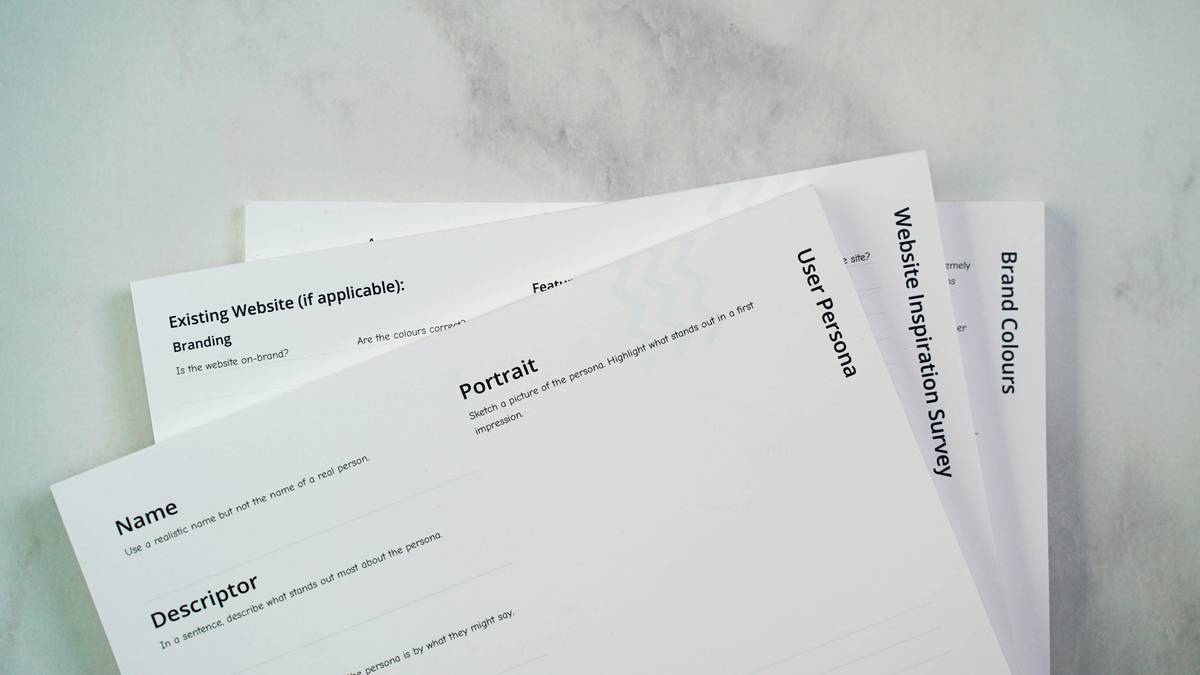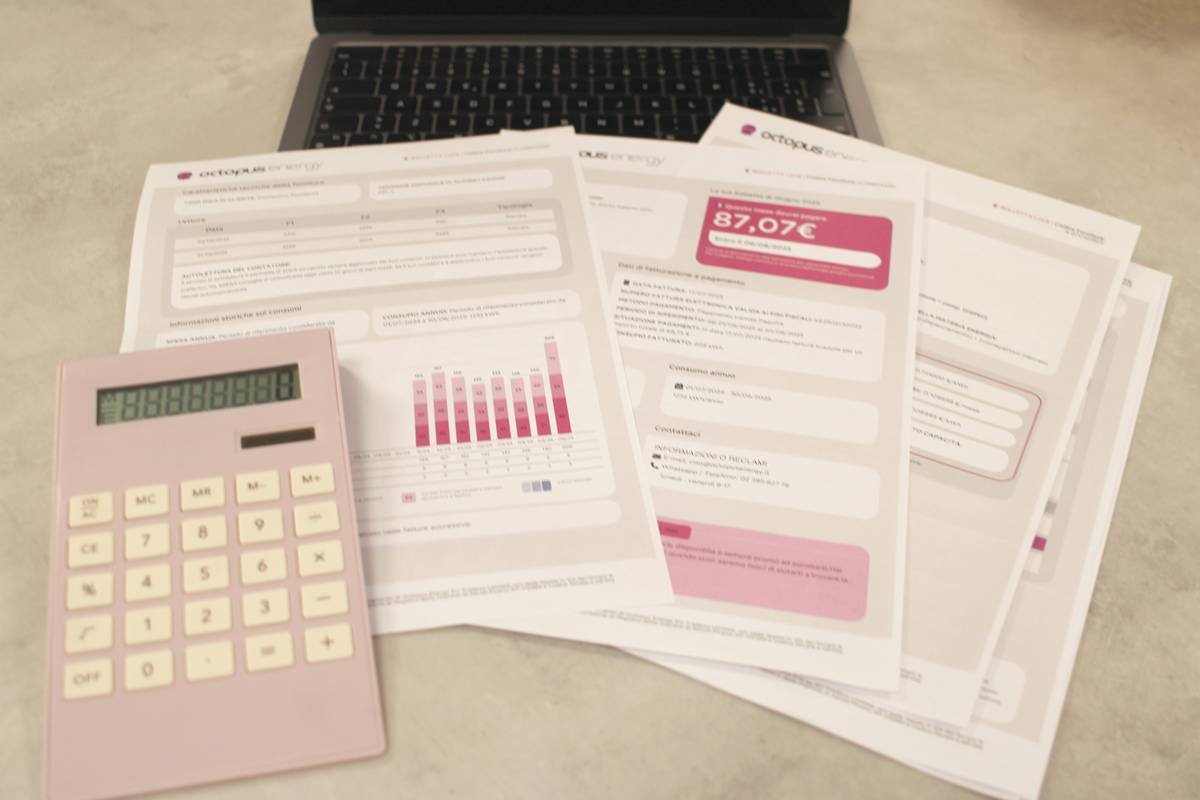Ever stared at your credit card bill or insurance premium during a financial rough patch and thought, “How do people even qualify for loan deferment?” You’re not alone. Life throws curveballs—job loss, medical emergencies, unexpected expenses—and when they hit, understanding how to pause payments through loan deferment can be a game-changer. But here’s the kicker: it all starts with the qualification check.
In this guide, we’ll dive deep into what you need to know about qualifying for loan deferment, why it’s crucial for personal finance stability, and some brutally honest advice on avoiding pitfalls. Let’s get into it!
Table of Contents
- Introduction
- The Problem With Loan Deferments
- Step-by-Step Guide to Passing Your Qualification Check
- Tips & Best Practices for Loan Deferment Success
- Real-Life Examples That Prove It Works
- FAQs About Loan Deferment
- Conclusion
Key Takeaways
- A qualification check determines eligibility for loan deferment based on income, debt-to-income ratio, and hardship type.
- Failing to prepare documentation can derail your application—get organized before applying.
- Not all lenders offer flexible deferment options; shop around if needed.
- Your credit score may take a temporary hit depending on terms negotiated.
The Problem With Loan Deferments

A woman sits at her kitchen table, visibly overwhelmed by stacks of unpaid bills.
Here’s where I fess up: Once upon a time, I ignored my mounting credit card debt until late fees piled sky-high. Spoiler alert—it didn’t end well. Fast forward to learning the hard way that proactive measures like loan deferment could have saved me serious headaches (and cash).
Loan deferment isn’t just about skipping a month’s payment—it’s about taking control of your financial situation when life gets chaotic. However, many borrowers trip over one critical step: the dreaded qualification check. Without passing this hurdle, lenders won’t approve your request, leaving you stuck paying full amounts no matter how dire things seem.
“Optimist You:” “Just call them up and explain my situation, right?”
“Grumpy You:” “If only it were that simple…”
Step-by-Step Guide to Passing Your Qualification Check

An illustration depicts a checklist with icons representing uploading documents, filling forms, and submitting applications.
Step 1: Understand What Lenders Look For
Lenders use specific criteria to assess whether you qualify for deferment:
- Income Verification: Proof of reduced or lost income (e.g., termination letter, unemployment benefits).
- Debt-to-Income Ratio: A ratio below 40% is typically favorable.
- Type of Hardship: Medical emergency vs. overspending spree—lenders are more sympathetic to genuine crises.
Step 2: Gather Supporting Documents
Don’t wing it. Gather these essentials ahead of time:
- Recent pay stubs or bank statements.
- Tax returns from the past two years.
- Proof of hardship (e.g., medical bills, eviction notice).
Step 3: Contact Your Lender Early
This part feels awkward but trust me—it’s better than waiting until accounts go delinquent. Reach out via phone or email early in the process and ask about their deferment policies. Some lenders might surprise you with lenience.
Step 4: Submit Your Application Carefully
Double-check everything before hitting “Submit.” Missing information can delay approval or cause rejection outright.
Tips & Best Practices for Loan Deferment Success

Two professionals shake hands across a desk, symbolizing successful negotiations.
Tip #1: Be Honest
I once tried bluffing about my income level because I thought admitting lower earnings would hurt my chances. Rookie mistake—it almost cost me the deferment entirely. Always tell the truth.
Tip #2: Avoid This Terrible Advice…
Sometimes, folks suggest fabricating hardships to secure deferment. Don’t fall for it—fraudulent claims can lead to legal trouble and permanently damage your credit history.
Tip #3: Automate Payments Postponement
If approved, set reminders to resume payments once deferment ends. Otherwise, missed deadlines could tank your credit score again.
Real-Life Examples That Prove It Works
Meet Sarah, a freelance graphic designer who faced six months without clients due to health issues. By providing thorough documentation—including doctor’s notes and canceled contracts—she secured a nine-month deferment period. Her story? Not unique. Many others navigate similar paths successfully.
FAQs About Loan Deferment
Does Loan Deferment Hurt My Credit Score?
No immediate impact occurs as long as you follow agreed-upon terms. However, future lenders may view deferred loans skeptically.
Can I Apply Multiple Times?
Policies vary; contact your lender directly to discuss repeat requests.
What If My Request Is Denied?
Explore alternatives like forbearance programs or refinancing opportunities.
Conclusion
Navigating loan deferment requires patience, preparation, and persistence—but acing the qualification check makes all the difference. From gathering paperwork to negotiating terms, every step brings clarity and relief during uncertain times.
“Optimist Me:” “You’ve got this!”
“Grumpy Me:” “As long as there’s coffee involved.”
And finally, remember this golden rule of personal finance:
When debts loom large, Pause, plan, then proceed. Like Tetris blocks falling fast, Strategy keeps chaos at bay.
PS: Just like trying to save Princess Peach in Super Mario Bros., sometimes you gotta retry levels to win big. Keep going!


